Focus areas
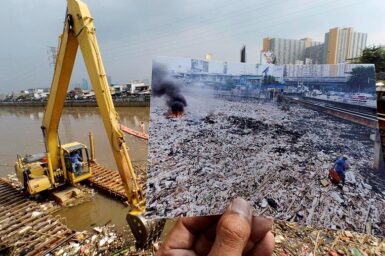
World’s largest plastic pollution project
We are working with partners around the world to collect on the ground data on litter.
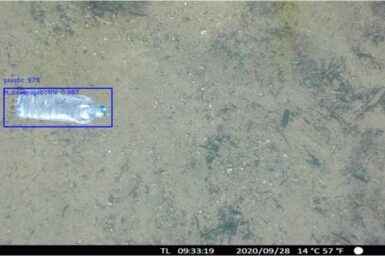
Using AI and cameras to identify and monitor litter
The challenge A common method for collecting data on plastic pollution and monitoring litter relies on humans conducting on-ground visual […]
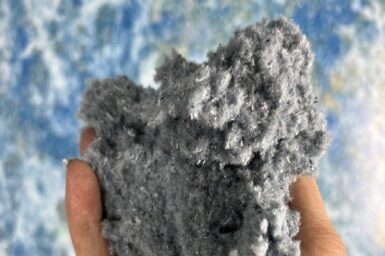
Composite material development from waste streams
The challenge Researchers are looking at whether waste from agriculture or fossil fuel-based plastics can be repurposed into something useful. […]
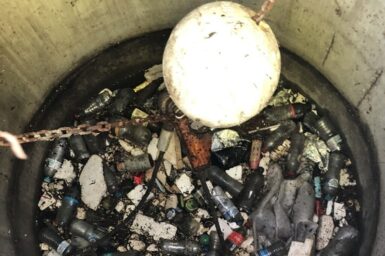
Smart sensor technology to improve stormwater management
The challenge Stormwater drains and gross pollutant traps (GPTs) are used to prevent waste and sediments from flowing into the […]
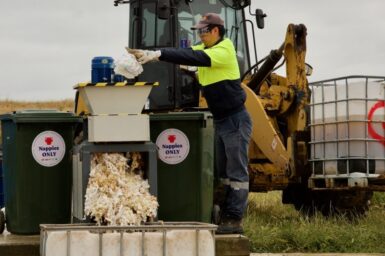
Nappy recycling
We partnered with Kimberly Clark Australia on the Nappy Loop Project to deliver a solution for Australia to help reduce […]
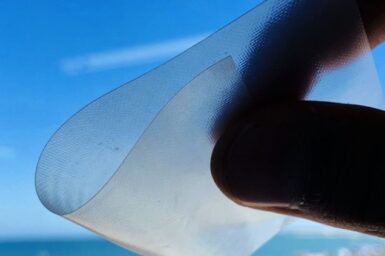
Biomaterials made from seaweed
“Biomaterials made from seaweed offers many benefits.
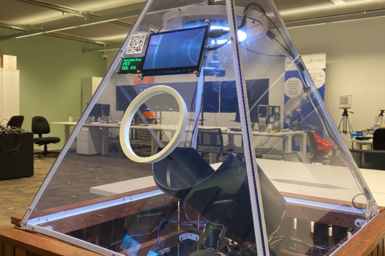
Smart bin technologies
Recycling bottles could get a whole lot easier.
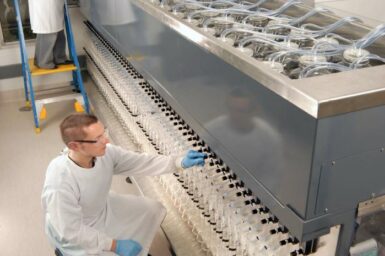
Engineering bioplastic degrading enzymes
The challenge Bioplastics, such as polylactic acid (PLA) and polyhydroxyalkanoates, are rapidly gaining use in the market as alternatives to […]
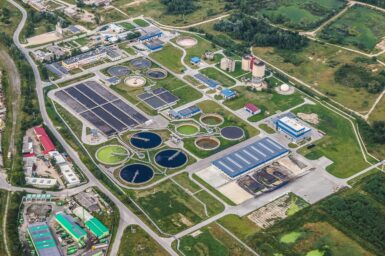
Microbial breakdown of microplastics for wastewater treatment
The challenge Plastics in the environment break down into smaller pieces, known as microplastics (25µm to 5mm), which have the […]
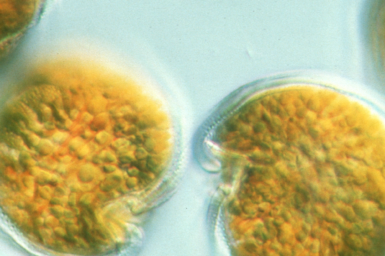
Helping the bioplastic industry navigate the use of microalgae
Informing decision making for algae-based processes through a technoeconomic framework.
